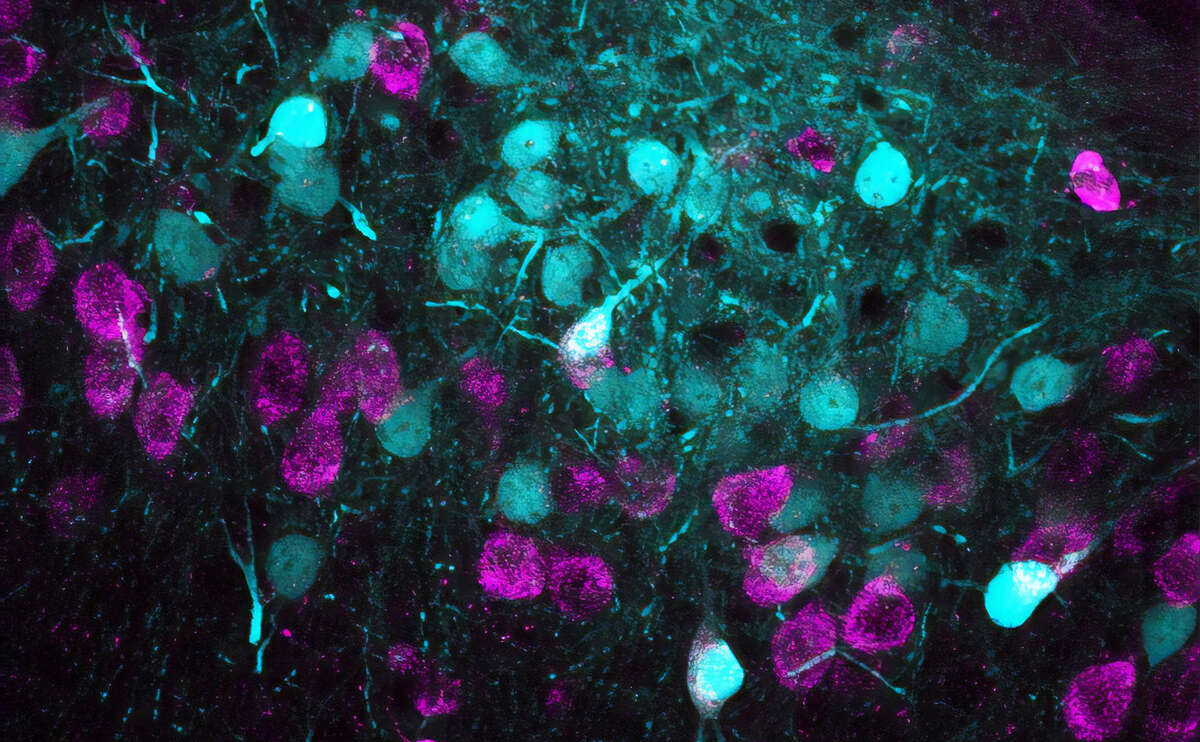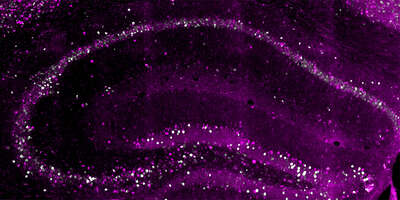Main Content
Development of neuronal circuits and cognitive functions
Our research investigates the structural and functional maturation of neuronal circuits for navigation and memory, in order to understand how abstract reasoning emerges during life.
The ability to navigate the world and create memories of everyday events relies on the activity of neurons that, in mammals, are located in the entorhinal cortex and the hippocampus. These neurons represent space and time, thereby creating a “cognitive map” that is used to navigate physical and conceptual spaces.
Emerging properties of neuronal networks.
Collective dynamics generated by the activation of large networks of neurons emerge during the first stages of an animal’s life, together with the ability to perform more and more complex cognitive tasks. Using a developmental approach, our aim is to understand how entorhinal and hippocampal neurons interact in the mouse brain to produce the cognitive map, and how this is used to guide behavior.
Studying neuronal circuits – from birth to function.
In our lab, we take a longitudinal approach to visualize, record, and manipulate the activity of large populations of neurons across multiple stages of an animal´s life, including its development. We use genetics, quantitative behavioural analysis, in vivo imaging, viral tracing, computational modelling, and optogenetics to identify stereotypical patterns of neuronal activity associated with behaviour.
Sensitive periods for neurodevelopmental disorders.
Children who experience traumatic events are predisposed to develop psychiatric disorders later in life. By elucidating the mechanisms that regulate the neurotypical development of cognitive functions, our research has the potential to uncover the biological underpinnings of these traumas, and to suggest targeted interventions to correct them.





